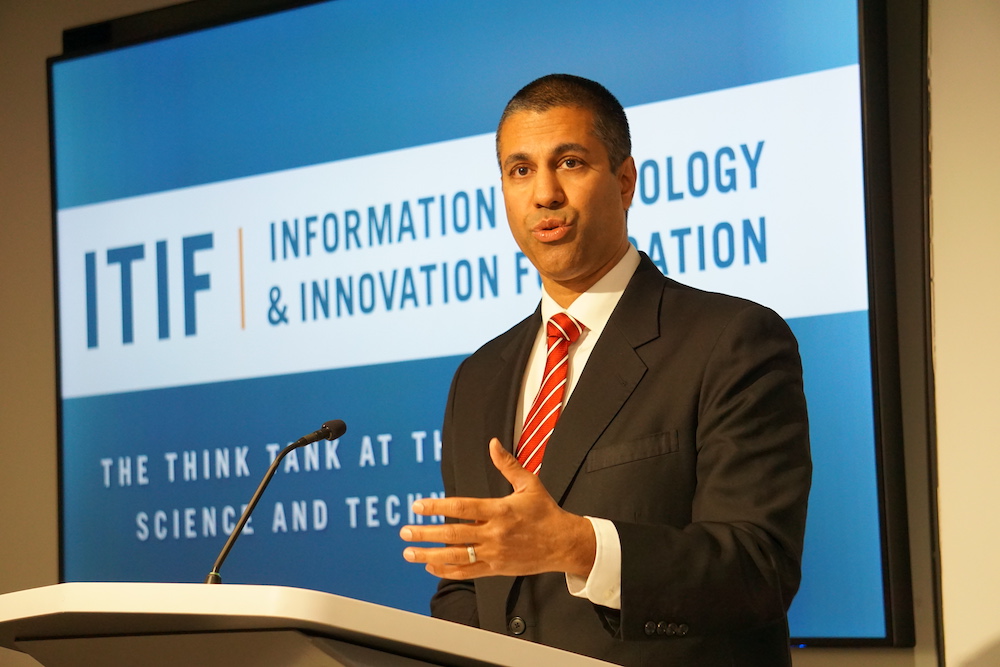SAN FRANCISCO — The Federal Communications Commission approved the creation Oct. 27 of a 5G Fund for Rural America to distribute as much as $9 billion over the next decade to extend 5G wireless broadband connectivity to rural communities.
The FCC plans to distribute the funds through a series of reverse auctions. During the first phase, the FCC will award as much as $8 billion to extend coverage to areas without unsubsidized 4G LTE or 5G mobile broadband service. Providers serving tribal lands will be eligible to receive $680 million of the $8 billion fund, according to the FCC Report and Order approved Oct. 27.
During the second phase of the program, the FCC plans to award an additional $1 billion, along with any money not awarded during the first phase, to encourage “deployment of technologically innovative 5G networks that facilitate precision agriculture,” according to the Report and Order.
Satellite service providers who can delivery broadband service with a latency of 100 milliseconds or less will be eligible to receive funding. The FCC declined to adopt a tiered system with various latency thresholds because the Commission’s goal was to ensure rural “access to services reasonably comparable to those in urban areas,” according to the FCC Fact Sheet on the 5G Fund for Rural America Report and Order published Oct. 6.
In addition, all award “recipients must be capable of providing mobile, terrestrial voice and broadband services that meet public interest obligations and performance requirements we adopt for the 5G Fund as a condition of receiving support,” according to the Report and Order Fact Sheet.
Bidders, for example, must offer voice and 5G broadband “directly to an off-the-shelf” smartphone and “otherwise meet our adopted median data speed and end-to-end round-trip latency requirements.” The FCC is calling for providers to downlink data at a rate of at least 35 megabits per second and to uplink data at a rate of at least three megabits per second.
“Accordingly, while a carrier could potentially use non-terrestrial services, such as satellite service, to augment its provision of mobile, terrestrial voice and data services in the areas for which it is awarded 5G Fund support, it cannot rely solely on any such non-terrestrial services to meet its 5G Fund public interest obligations and performance requirements,” according to the Report and Order Fact Sheet.
FCC Chairman Ajit Pai addressed the latency issue during a recent SpaceNews interview. Pai was discussing the $20.4 billion in broadband subsidies the FCC plans to award through the Rural Digital Opportunity Fund (RDOF) starting later this month. SpaceX, Hughes and Viasat qualified to bid for RDOF subsidies.
“Latency is an important factor when it comes to how the FCC wants to structure its Universal Service Fund programs,” Pai said. “If a [low Earth orbit] satellite operator or any space-based competitor can meet those service thresholds that an increasing number of consumers demand, we want them to have a chance at participating as well.”
